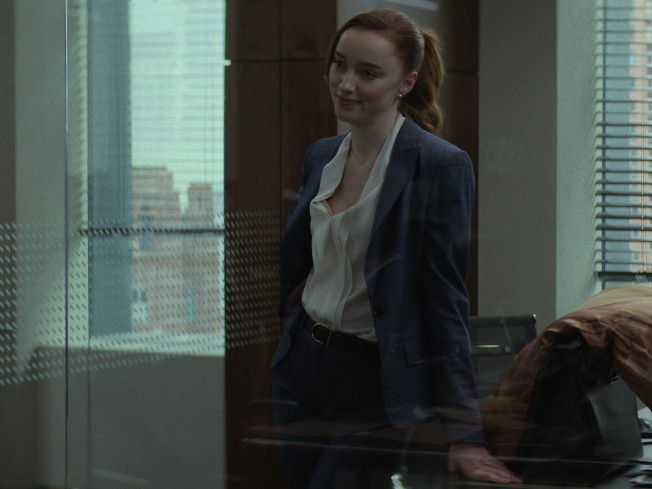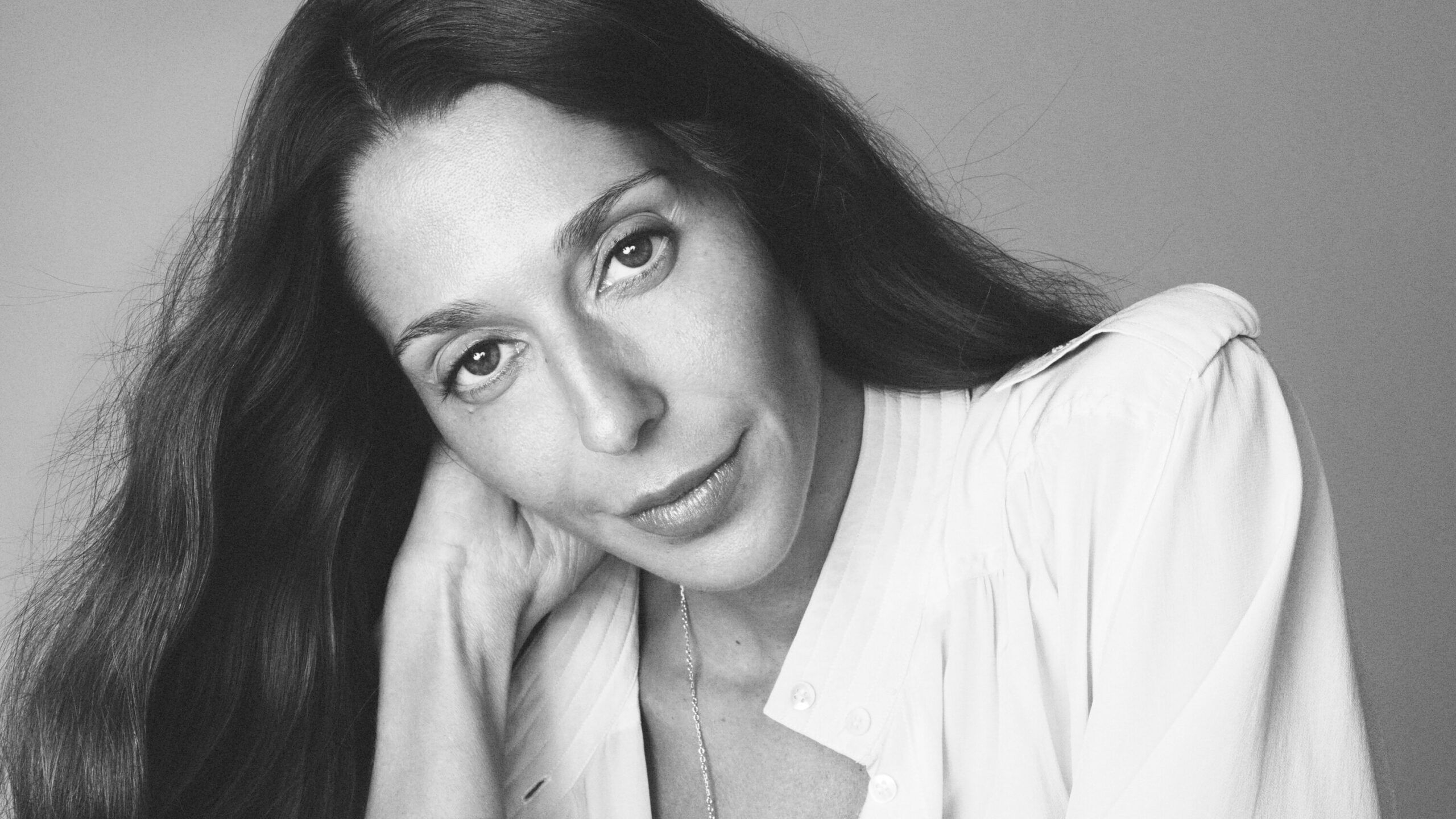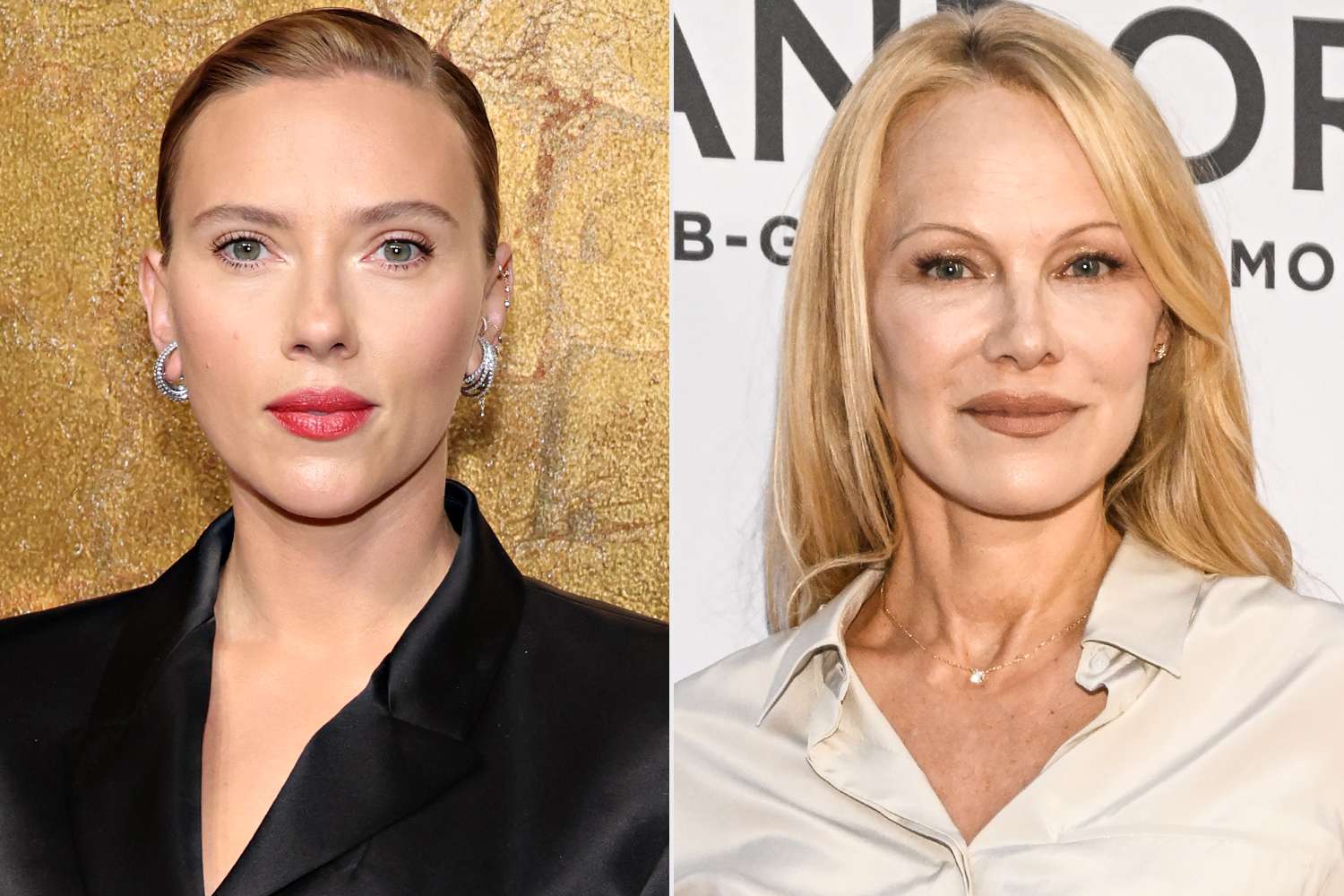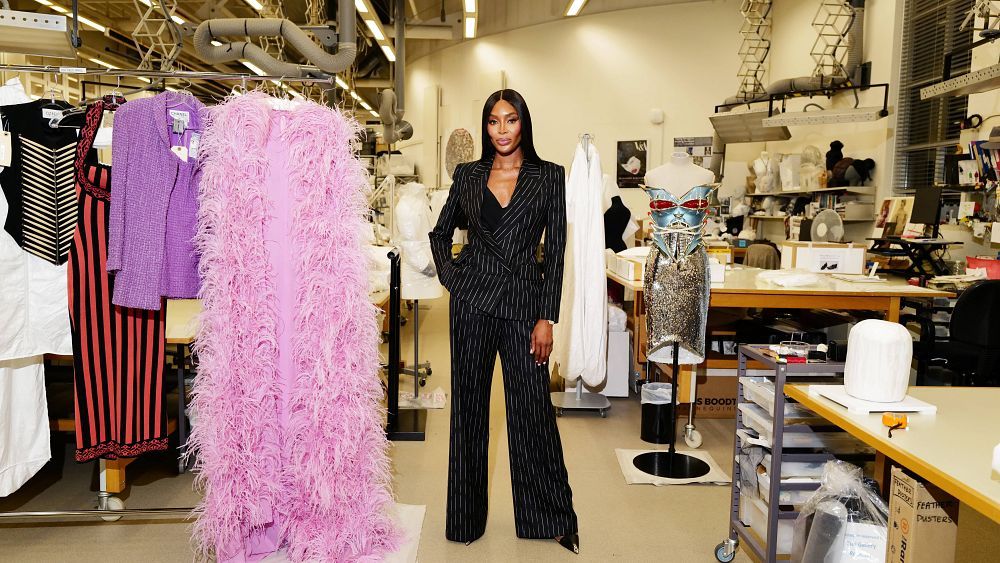
Technically speaking, Netflix’s new Wall-Street erotic thriller Fair Play is not a fashion movie—unless you’re a fan of navy, black, and gray business-core that your mom might call “smart.” But to ignore the characters’ office-appropriate Hugo Boss and L.K. Bennett workwear would be missing a big part of the film. The garments aren’t there just because they’re obviously what analysts at a hedge fund would wear. In fact, the highly-tailored outfits weave a secondary — and all too real — storyline.
In the film, a young couple, Emily (Phoebe Dynevor) and Luke (Alden Ehrenreich), work together, live together, and in the opening scene, get engaged — but no one at their hedge fund knows. They even take separate subway trains to the office to avoid suspicion from coworkers. When a promotion is on the table at their firm, Emily is sure Luke will get it. Spoiler alert: She gets the job instead, earning herself a glass-paneled office and a new direct report, her fiancé.
Let’s get one thing straight: No one here is trying to convince you that hedge funds are filled with high fashion, least of all the film’s costume designer, Kate Forbes, whose work has also appeared in Master of None. In fact, most of the characters’ wardrobes are anti-trend, and that’s the point. “In a lot of other costume projects, I fall in love with the subject matter or the people that I’m going to be dressing,” she says. “This was the complete opposite. It was hard to come at it from a really conceptual angle because it is what it is, and I think we had to be very true to that.” In other words, the stock market doesn’t care about your personal style.
Courtesy of Netflix
But as Emily’s star rises, the film starts to stare at the blurry line between dressing for the male gaze and wearing strategic outfits to get ahead in a toxic male environment. Forbes says that a lot of that push-and-pull is already baked into the fashion brands where Emily, or any woman in her position, might be shopping anyway. “As you step foot into those stores, it becomes very prescribed and archaic,” Forbes says. “You see suits — mainly skirt suits — and then these delicate, almost lingerie-colored blouses to take the edge off.” It kind of makes you wonder who’s designing these pieces in the first place.
During a heated argument at home, in which Luke swears he isn’t jealous of Emily’s promotion, he snarkily asks: “How do you expect people to take you seriously if you dress like a fucking cupcake?” The blouse in question has a tiny ruffled collar, something most of us wouldn’t consider fluffy or frivolous in shape or suggestion. And it’s certainly not sexy. Still, he’s threatened by it. “Those little snappy remarks are so powerful,” Forbes says. “It’s so undermining, and as a woman, it just hits a nerve and unravels you.”
To be fair to Luke (not that he deserves it), he probably hasn’t been paying close attention to what women wear outside of his insular world — and can you blame him, when his days are spent glued to a double-monitor with a chat function that looks like it’s from the last millennium? Because if he had even glanced at a fashion magazine in the past five years, he’d see that powerful successful women can do dessert dressing without losing respect. Rihanna showed up to the 2023 Met Gala in a giant-camelia-adorned Valentino gown with a billowing train, and Lizzo’s Jean Paul Gautier at the 2022 VMAs belong on the mood board, too. Confectionery-leaning designers such as Molly Goddard, Simone Rocha, and Cecile Bahnsen and their frilly frocks dominate social media. These dresses take up brain space, but they also take up literal space — the female equivalent of manspreading. Their oversized-ness is the message. It says, “Pay attention: I am here, and I am important.” Can you imagine Luke’s response if Emily showed up to work in a floor-sweeping paneled tulle skirt under her Hugo Boss blazer?
When Emily reacts to his cupcake comment by wearing a Very Serious black turtleneck (”the most invisible outfit,” Forbes says) to a meeting the next day, she’s clearly rattled and, over lunch, changes back into one of her signature blouses, this one a very stereotypical feminine shade of pink. That’s the thing: In toxic work environments — toxic male work environments, in particular — one ruffled collar is all it takes to, well, ruffle some insecure dudes. Suddenly, Emily’s entire resume is called into question: Did she actually sleep her way to the top?
One ruffled collar is all it takes to, well, ruffle some insecure dudes.
Many women are all-too familiar with the delicate dance that they’re asked to perform because of their sex. When is a blouse just a blouse, and when is it a powerful tool for getting a promotion (or not)? To blame Emily for playing the game with sky-high heels and tight skirts isn’t fair because neither is her workplace, where her boss doesn’t think twice about calling her a “stupid bitch.” In a 2009 story in the Wall Street Journal, single women at hedge funds admitted to wearing fake wedding rings to escape passes and earn respect from their male colleagues.
So while a classic, well-fitted suit might not seem like the most exciting costume, it’s lack of personality works because it clashes with what’s boiling under the surface. “There’s something about that level of tailoring that played well against all of emotional upheaval, angst, and torment,” Forbes says, without giving too much away. “It almost just contains it all, like a coat of armor.”
For Emily, that feeling of power and protection, even paired with a silky blouse, is what propels her to move ahead at work. Is it a shame that she couldn’t do the same in a much more of-the-moment designer, such as Veronica Beard, or with an oversized version from The Frankie Shop? Sartorially speaking, yes. But even in 2023, we women all need our armor, any way we can get it.




